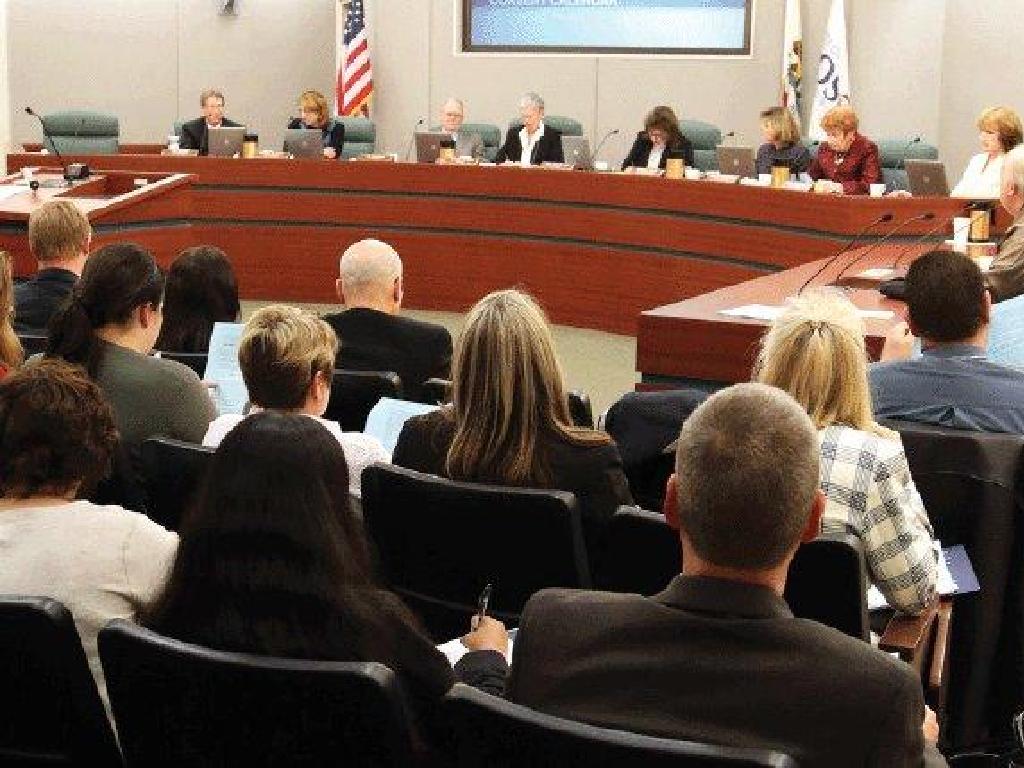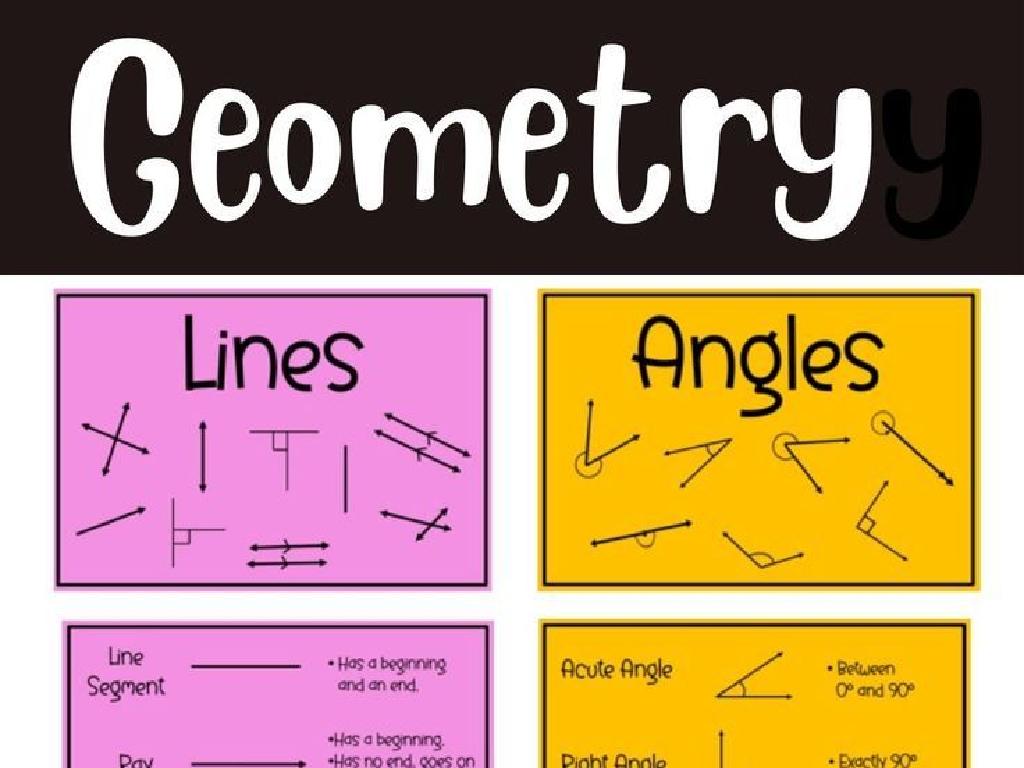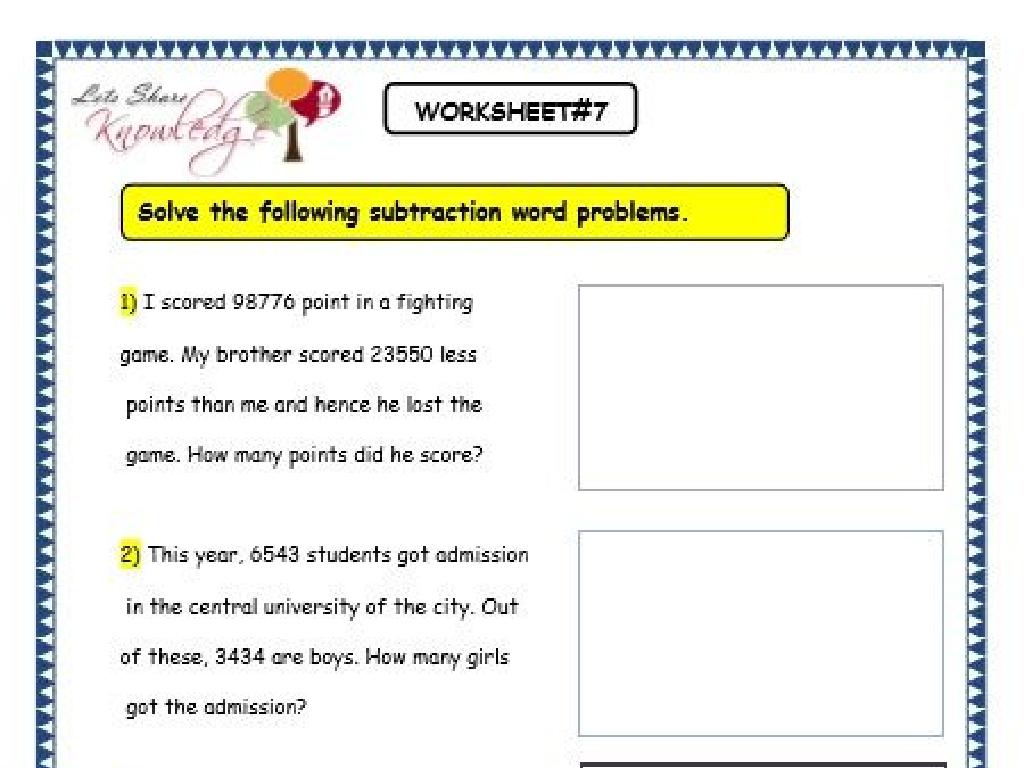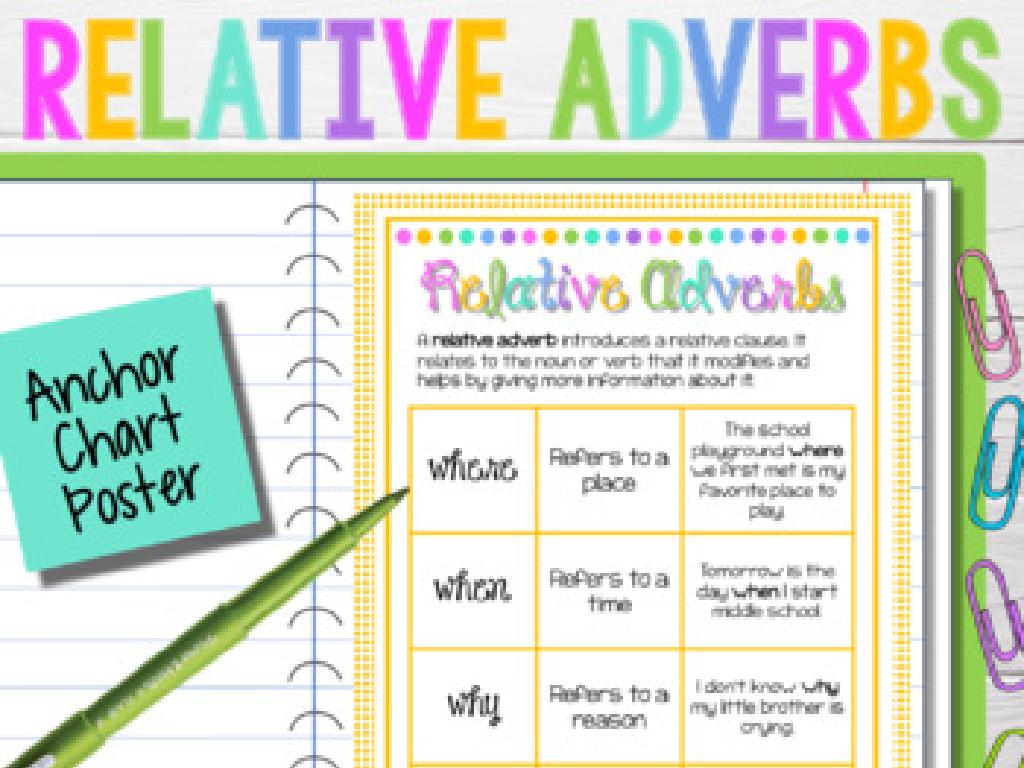Period 7: 1890-1945
Subject: Arts and humanities
Grade: High school
Topic: Ap /College Us History
Please LOG IN to download the presentation. Access is available to registered users only.
View More Content
Exploring Period 7: 1890-1945 in US History
– Introduction to a transformative era
– A period of significant change and development in the US.
– Themes: Industrialization, Wars, Depression
– Rapid industrial growth, involvement in two World Wars, and economic turmoil.
– Learning objectives for this lesson
– Goals: Identify key events, understand causes and effects, analyze historical significance.
– Understanding the era’s impact
– Recognize how this period shaped modern America.
|
This slide introduces students to Period 7 in US history, a time of profound change and development. The era saw the United States transform into an industrial powerhouse, engage in global conflicts during World War I and II, and endure the economic hardships of the Great Depression. Today’s lesson will focus on identifying key events, understanding their causes and effects, and analyzing their historical significance. By the end of the lesson, students should be able to recognize how this period has shaped the contemporary United States and its role in the world. Encourage students to think critically about the connections between these themes and the social, political, and economic changes they brought about.
The Gilded Age and Progressive Era
– Rapid industrial growth in the US
– Expansion of factories and railroads, mass production techniques
– Rise of big businesses
– Emergence of monopolies, influence of tycoons like Carnegie and Vanderbilt
– Social and political reform movements
– Efforts to tackle issues like labor rights, women’s suffrage, and government corruption
– Impact of Rockefeller and Roosevelt
– Rockefeller’s role in the oil industry, Roosevelt’s progressive policies and conservation efforts
|
This slide delves into the transformative period of the Gilded Age and Progressive Era, highlighting the explosive industrial growth and the consequent rise of influential big businesses. Students should understand the scale of industrialization and its effects on the American landscape, economy, and society. The era’s social and political movements, including labor unions and women’s suffrage, aimed to address the disparities and problems stemming from rapid industrialization. Key historical figures like John D. Rockefeller, who dominated the oil industry, and President Theodore Roosevelt, known for his progressive reforms and conservation efforts, played pivotal roles during this time. Encourage students to consider both the positive and negative aspects of this era and to discuss the long-term effects of the policies and practices that emerged.
American Imperialism: Expansion and Effects
– Reasons for overseas expansion
– Economic, strategic, and ideological motives drove the U.S. to expand.
– Impact of the Spanish-American War
– The war marked the U.S. as a world power and led to territorial gains.
– Debate over imperialism
– Arguments ranged from spreading democracy to rejecting colonialism.
|
This slide aims to explore the complex era of American Imperialism during the late 19th and early 20th centuries. Students should understand the multifaceted reasons behind the United States’ expansion overseas, including the desire for new markets, military strength, and the belief in cultural superiority. The aftermath of the Spanish-American War, which signaled the emergence of the U.S. as a global power and sparked a significant debate over the country’s role in world affairs, should be examined. The debate over imperialism was marked by those who saw it as a moral duty to uplift other nations and those who opposed it on the grounds of anti-colonialism and self-determination. Encourage students to consider the lasting impacts of this period on international relations and American foreign policy.
World War I and Its Aftermath
– Causes and events of WWI
– Militarism, Alliances, Imperialism, Nationalism, and the assassination of Archduke Franz Ferdinand sparked the war.
– U.S. involvement in WWI
– The U.S. joined in 1917 to support allies and promote democracy, tipping the balance.
– Treaty of Versailles impact
– Harsh penalties on Germany, territorial changes, and reparations led to economic and political instability.
– League of Nations analysis
– Intended to prevent future conflicts, the League faced U.S. opposition and lacked enforcement power.
|
This slide aims to provide a comprehensive overview of World War I and its aftermath, focusing on the causes, the United States’ role, and the consequences of the peace treaties. Students should understand the complex interplay of factors that led to the war, including the immediate cause of Archduke Franz Ferdinand’s assassination and the broader political tensions of the time. The U.S. entry into the war marked a significant shift in the conflict and in U.S. foreign policy. The Treaty of Versailles and the establishment of the League of Nations had long-lasting effects on international relations and set the stage for future conflicts. Encourage students to consider how these events are interconnected and to think critically about the impact of these historical decisions on the modern world.
The Roaring Twenties: A Decade of Change
– Cultural and social dynamics of the 1920s
– Jazz Age, flappers, and the shift in social norms
– Economic boom to stock market crash
– From post-WWI prosperity to the 1929 crash
– The Harlem Renaissance
– A cultural movement celebrating African American culture
– Prohibition’s impact on society
– Nationwide ban on alcohol sales and its effects
|
This slide delves into the transformative era of the 1920s in the United States, known as the Roaring Twenties. Highlight the cultural and social shifts, such as the rise of the Jazz Age, the new woman’s image as represented by flappers, and the overall break from traditional norms. Discuss the economic prosperity that defined the early part of the decade, leading up to the catastrophic stock market crash of 1929. Explore the Harlem Renaissance as a key cultural and artistic movement of African American expression. Lastly, address the Prohibition era, which saw a nationwide ban on the sale and production of alcohol, and its widespread social implications. Encourage students to reflect on how these events shaped modern American society.
The Great Depression: Causes, Effects, and Recovery
– Explore causes of the Great Depression
– Economic factors: stock market crash, bank failures, drought conditions
– Assess the New Deal’s role in recovery
– FDR’s New Deal: relief, recovery, and reform programs to combat the Depression
– Examine societal impacts in the 1930s
– Changes in American life: unemployment, migration, and shifts in family dynamics
– Reflect on the Depression’s lasting effects
– How the Depression shaped modern government and economic policies
|
This slide aims to provide a comprehensive overview of the Great Depression, focusing on its causes, such as the stock market crash of 1929 and subsequent bank failures, as well as the widespread drought that devastated agriculture. It also addresses the New Deal policies implemented by President Franklin D. Roosevelt, which aimed to provide relief, promote recovery, and reform the financial system to prevent future depressions. The societal impact of the Great Depression was profound, with massive unemployment, widespread migration, and significant changes in family structures and social norms. Finally, the slide encourages students to consider the long-term effects of the Great Depression on American society, including the expanded role of the federal government and the establishment of social safety nets. The notes section should provide teachers with detailed information to facilitate a discussion on these topics and help students understand the significance of this period in U.S. history.
World War II: Causes, Impact, and Outcomes
– Explore causes of World War II
– Political tensions, economic factors, and territorial ambitions led to the war.
– US role and home front efforts
– US military strategy and civilian support through rationing, war bonds, and labor.
– Analyze war outcomes
– Post-war effects including geopolitical shifts and the start of the Cold War.
– Formation of the United Nations
– The UN was established to prevent future conflicts and promote international cooperation.
|
This slide aims to provide a comprehensive overview of World War II, focusing on the multifaceted causes leading to the global conflict, the significant role played by the United States both on the battlefield and on the home front, and the far-reaching outcomes that shaped the mid-20th century. Students should understand the complex interplay of factors that sparked the war, appreciate the collective efforts of American society during wartime, and grasp the significance of the post-war period, particularly the establishment of the United Nations as a means to maintain international peace and security. Encourage critical thinking about how the war’s outcomes continue to influence global politics and society today.
Class Activity: Analyzing Primary Sources
– Break into groups for document analysis
– Present findings on historical context
– Discuss insights into lives from 1890-1945
– Reflect on the value of primary sources
– Consider how firsthand accounts differ from textbooks
|
This class activity is designed to engage students with primary source documents to better understand the historical context of the period from 1890 to 1945. Divide the class into small groups and assign each a different primary source document from the era, such as letters, diary entries, photographs, or newspaper articles. Each group will analyze their document, focusing on what it reveals about the time period and the daily lives of people. After the analysis, groups will present their findings to the class, fostering a discussion on the historical context. Encourage students to reflect on how these primary sources provide a more nuanced and personal view of history compared to secondary sources like textbooks. Possible activities include comparing perspectives from different sources, debating the reliability of sources, or creating a mock interview with historical figures based on their writings.





